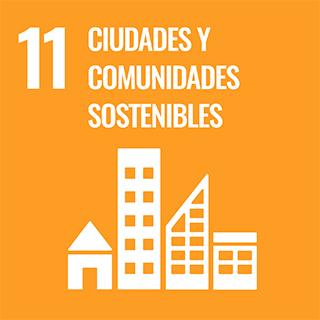
Indexed in
License and use

Impact on the Sustainable Development Goals (SDGs)

The hidden biopolitical power of architecture. The de-blinding of the tunnel between two brutalist buildings on a Berlin campus
Publicated to:[I2] : Investigación E Innovación En Arquitectura Y Territorio. 11 (2): 85-100 - 2023-07-01 11(2), DOI: 10.14198/i2.23577
Authors: Gabernet, JC; Alcocer, AA
Affiliations
Abstract
The Research Institute for Experimental Medicine and the Institute of Hygiene and Environmental Medicine are two buildings on the Charite University Campus in Berlin. The controversy that arose in the year 2020 because of the possible demolition of the architecturally high-quality building complex and the debate about its preservation as a built heritage of Brutalist Architecture has brought to light the connecting tunnel between the two, originally used for transporting biological waste and animal carcasses. The object of this article is how architecture is constituted as political matter. The tunnel, as a subway infrastructure of death, materializes the invisible, sub-political functional relationship of the connection between the operating rooms for animal experimentation in the Mausebunker building and the research laboratories for human medicine in the Institute of Hygiene. Unraveling this constructed scenography of the domination and use of animals by humans and their appropriation under the pretext of being the object of study by science, allows us to explore from a more-than-human approach the relationships that are established between nature, culture, and architecture. Within a biotechnological relationship between these three spheres, a critical approach to architecture can be developed, not from the formal, linguistic, or urbanistic variables, but from its consideration as a device of biopolitical control over entities of non-human nature. Thus, by shifting the attention from the buildings to the debate that the hidden connection tunnel promotes, architecture becomes a political instrument that urges conversation about the inscribed processes, now made public.
Keywords
Quality index
Bibliometric impact. Analysis of the contribution and dissemination channel
From a relative perspective, and based on the normalized impact indicator calculated from World Citations provided by WoS (ESI, Clarivate), it yields a value for the citation normalization relative to the expected citation rate of: 1.45. This indicates that, compared to works in the same discipline and in the same year of publication, it ranks as a work cited above average. (source consulted: ESI Nov 14, 2024)
Specifically, and according to different indexing agencies, this work has accumulated citations as of 2025-07-28, the following number of citations:
- WoS: 1
- Open Alex: 1
Impact and social visibility
Leadership analysis of institutional authors
There is a significant leadership presence as some of the institution’s authors appear as the first or last signer, detailed as follows: First Author (CAMINERO GABERNET, JORGE) and Last Author (Alcocer, AA).
the author responsible for correspondence tasks has been CAMINERO GABERNET, JORGE.
